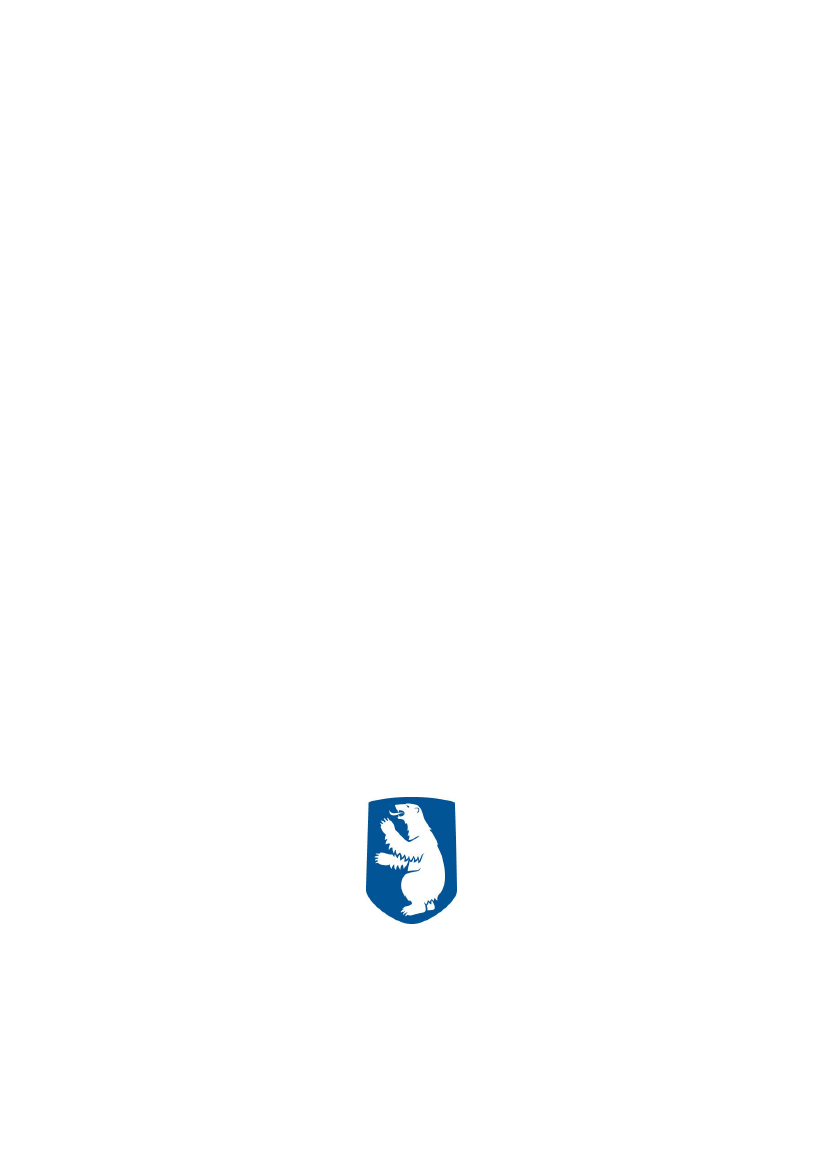
UPDATED DATA TO:
MANAGEMENT AND UTILIZATION
OF SEALS IN GREENLAND
Addendum to:
White Paper on Management and Utilization of Seals in Greenland (April 2012)
THE GOVERNMENT OF GREENLAND
MINISTRY OF FISHERIES, HUNTING & AGRICULTURE
FEBRUARY 2015